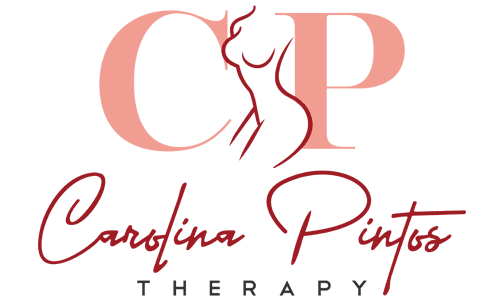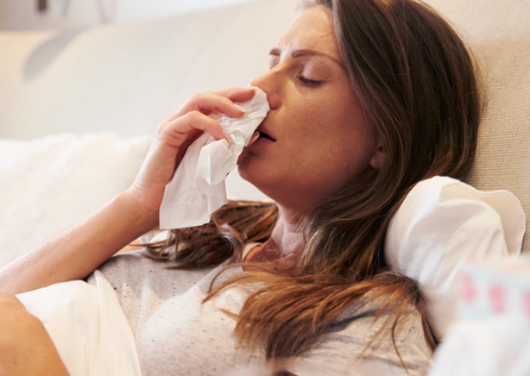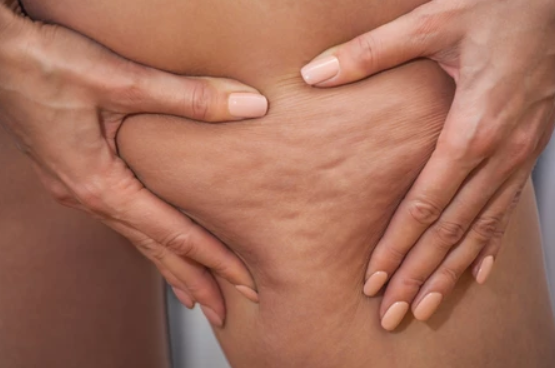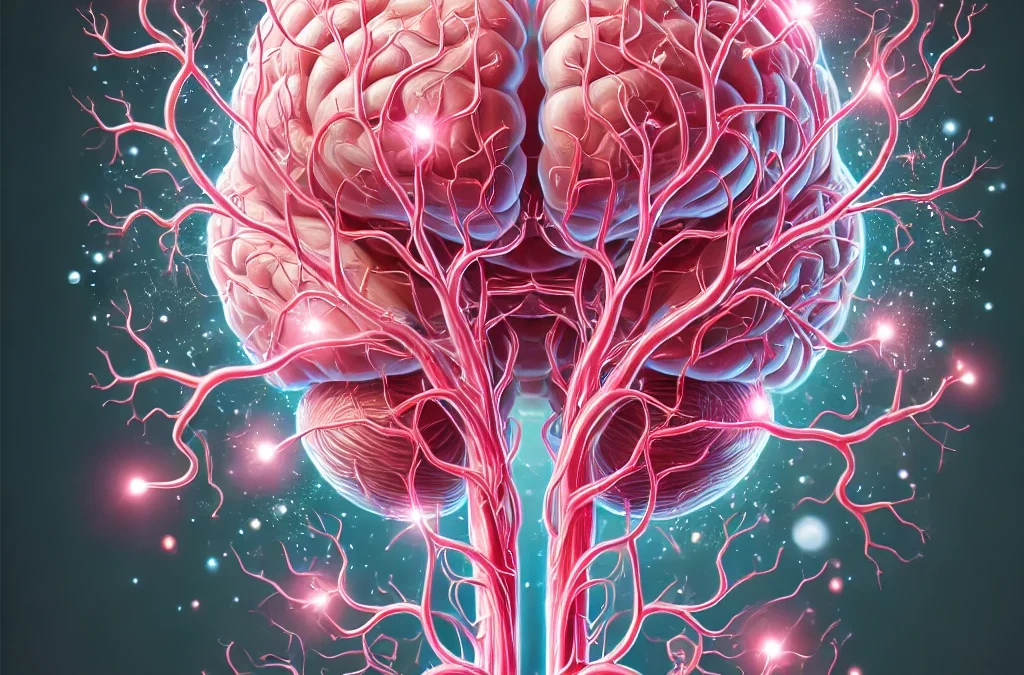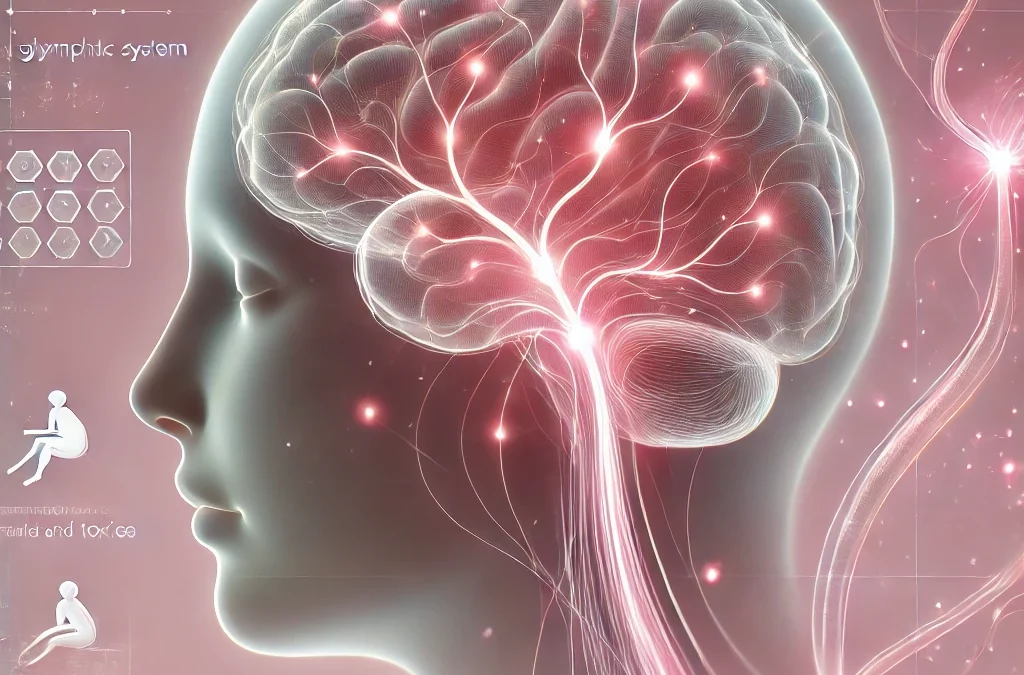Lymphatic drainage massage is a gentle technique used to stimulate lymph flow and drainage. While it offers many benefits, this type of massage is contraindicated in certain situations where it may cause harm. Two key contraindications are active infections and antibiotic use.
Spreading Infection
One of the main purposes of lymphatic massage is to increase circulation of lymph fluid throughout the body. However, this also poses a risk if someone has a localized infection. The increased flow of lymph could potentially spread infectious pathogens to other areas of the body. Lymphatic massage is therefore avoided until any infections are fully resolved (Johnson, 2020).
Several studies have examined this risk. A 2015 study in the Journal of Bodywork and Movement Therapies states that “antibiotic therapy is considered a contraindication for certain forms of manual techniques, including lymphatic drainage.” The rationale is that increased circulation can disseminate bacteria (Aboonq, 2015).
Interfering with Antibiotics
After an infection sets in, antibiotics are frequently prescribed to treat and eliminate the causative microbes. However, some research indicates that lymphatic massage can interfere with antibiotic efficacy.
A 2020 literature review in the International Journal of Therapeutic Massage and Bodywork notes that “Lymphatic massage is contraindicated in clients with infection because microbial spread throughout the body can result.” It also states that massage may “potentially speed up antibiotic excretion” from the body. This could lower antibiotic concentrations below effective levels (Johnson, 2020).
Inflamed Lymph Nodes
Lymph nodes may become inflamed, enlarged, and tender due to localized infection. Direct massage over inflamed lymph nodes can increase discomfort. Training materials from the Klose Training and Consulting Firm specify inflamed lymph nodes as a contraindication (Klose Training, 2018).
Conclusion
In summary, scientific research demonstrates legitimate reasons to avoid lymphatic drainage massage in the presence of infections or while taking a course of antibiotics. Doing so can exacerbate and spread infection or reduce the efficacy of antimicrobial treatment. Patients should consult their healthcare provider and only pursue lymphatic massage once any underlying infections have fully resolved.
Sources
-
Aboonq, M.S. (2015). Pathophysiology of carpal tunnel syndrome. Neurosciences, 20(1), 4-9.
-
Johnson, R. (2020). Literature Review on the Safety and Efficacy of Massage Therapy when Applied to Specific Pathological Conditions. International Journal of Therapeutic Massage and Bodywork, 13(2), 11-18.
-
Klose Training and Consulting Firm. (2018). Lymphatic Drainage Therapy Certification Course Materials.
This writing is the original and exclusive property of Carolina Pintos and is protected under copyright law. Unauthorized use of the same without the express consent of Carolina Pintos will be subject to prosecution under applicable laws.
